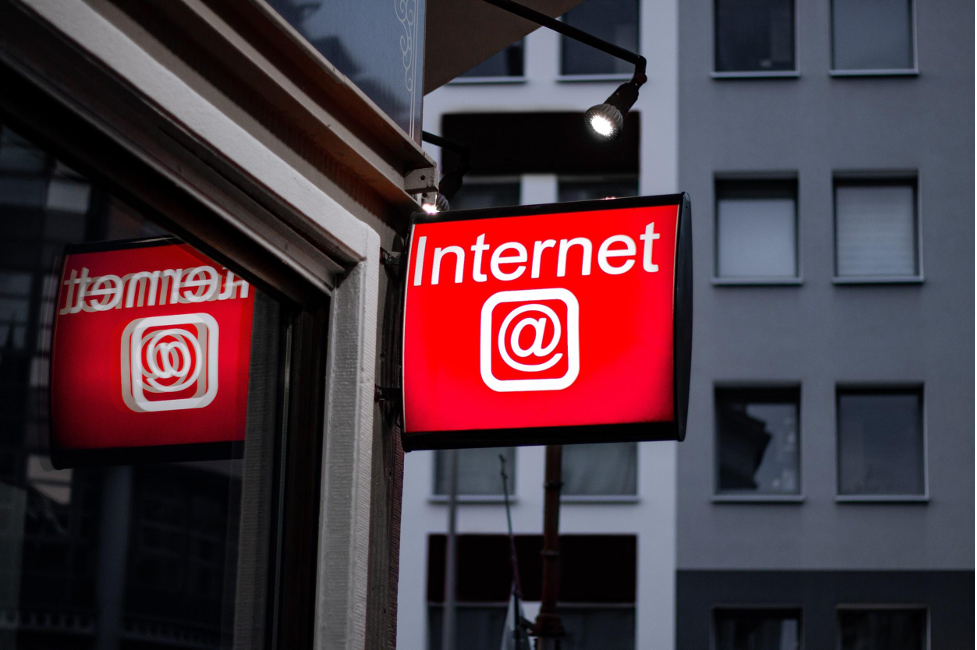People naturally opt for the best network connections, but sometimes even the best isn’t suitable. Of course, choosing what’s convenient should be easy. Well, in this case, it’s not.
Internet connections come in numerous forms, and each method is specifically made for different conditions.

To get the most out of an internet connection, you’ll need to consider how your current conditions affect your network. Below is a listicle on different Internet connection types and how well they fit into various situations.
1. Fiber Optics
Fiber optics is one of the world’s most renowned Internet connections. Its design and mechanism make it weather resistant and incredibly fast. The fiber optic cables are compositions of glass fiber that enable the transmission of light signals along its core.
As expected, fiber optic cables are not as bendable as copper cables but are much more durable. They’re perfect for extreme weather conditions, and they remain functional in snowstorms when protected from water leaks. However, fiber optics connections require high proximity to the service provider.
2. Satellite Internet
Can you get an connection from satellites? Yes, you can, and this is how it works.
Internet service providers send connection signals to a satellite installed in space, and in turn, the satellite redistributes the signals back to earth. However, you’d need to install a satellite dish to receive signals to your router.
Satellite Internet is great for low-intensity usage. In other words, you can use it for your household connections, such as movie streaming and social media. But you can’t rely on it for data mining activities, live streaming, and gaming.
Satellite Internet has evolved exponentially. It’s great for remote areas but also vulnerable to heavy downpours.
3. Wireless Internet
The wireless network is the most popular connection service today. Better known as WIFI, the wireless network shares some similarities with satellite Internet, except nothing goes to space.
Wireless Internet service providers are responsible for most of the work needed to make the connection work. They install network towers in strategic points to transmit radio frequencies, and the end users then receive the signals via a router. With your router, you can exchange data over the Internet at high speed.
Wireless connections are weather resistant. The only damage wireless connections would suffer are direct hits to the network towers. However, wireless connection speed might fluctuate when overloaded.
If you’re looking for a service provider you can trust to deliver flawless connection, you just found them. AiNET has it covered from fiber optics to cloud storage. Check out our offers today.
